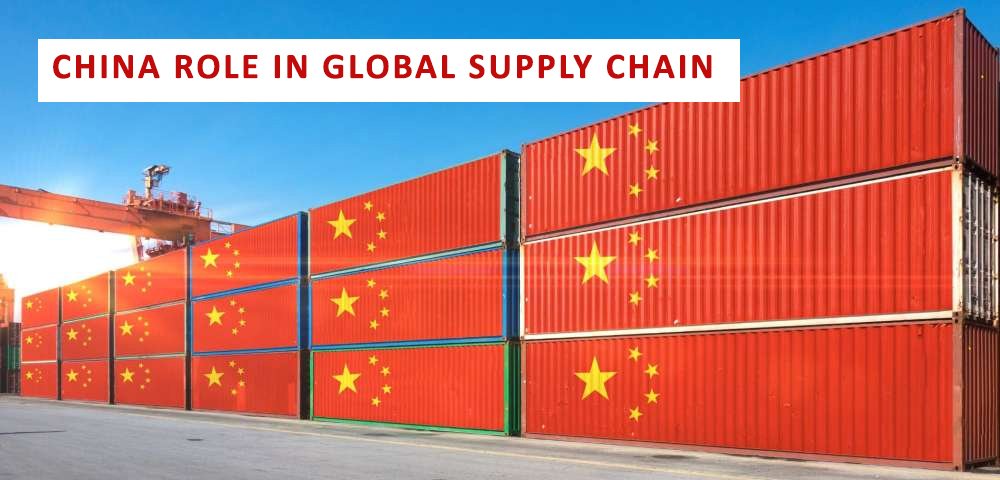By: Syeda Manal Tirmizi
Research Associate, Pakistan Research Center for a Community with Shared Future (PRCCSF), Islamabad
China’s ascent as a global economic powerhouse has redefined international trade, investment, and supply chain dynamics. Over the past few decades, China’s transformation into the “world’s factory” has been driven by a strategic mix of policy liberalization, industrial planning, infrastructure development, and global integration. Today, it stands as a critical player in the global economy, with increasing influence in energy, manufacturing, technology, and investment.
Manufacturing Powerhouse and Global Export Hub
China is the world’s largest manufacturer, commanding a dominant presence in sectors such as electronics, machinery, textiles, and consumer goods. With robust infrastructure and competitive labor costs, it remains a top destination for multinational companies to base their operations.
Efficient transport infrastructure—including modern roads, ports, and railways—has enabled China to seamlessly move exports across global markets, reinforcing its role as a vital cog in the international supply chain.
Energy Strategy and Infrastructure Leadership
China has invested heavily in diversifying its domestic energy mix, including large-scale development of hydropower, wind, solar, and nuclear energy. These efforts ensure stable electricity supply and support the country’s rapid industrial growth.
On a global scale, China has played an instrumental role in the development of energy infrastructure such as oil and gas pipelines, terminals, and storage hubs across Asia and Europe. These projects not only support China’s energy security but also reshape global energy trade flows.
Export of Essential Inputs and Strategic Minerals
Beyond finished goods, China is a leading exporter of key industrial inputs like steel, cement, aluminum, and fertilizers. It also dominates the refining of rare earth metals and minerals like cobalt and lithium—critical components for EV batteries and clean energy technologies.
This capability has positioned China as a key enabler in the global transition to green energy, providing the materials needed for next-generation technologies.
Global Consumer Market and Technology Leadership
China has evolved from a production hub into one of the world’s largest consumer markets. From automobiles and electronics to luxury brands, global corporations like Apple, BMW, Nike, and Starbucks now depend heavily on the Chinese market for revenue growth.
Simultaneously, Chinese tech giants such as Huawei, Tencent, and Alibaba are now global leaders in 5G, AI, and cloud computing, challenging Western dominance in high-tech industries. The “Made in China 2025” initiative reflects the nation’s commitment to industrial modernization and technological self-reliance.
Investment Magnet and Global Economic Integration
Despite periodic slowdowns, foreign investors remain confident in China’s long-term growth. Surveys by the American and European Chambers of Commerce reveal that a significant majority of companies are expanding their operations in China, viewing it as a top investment destination.
China’s integration into global supply chains, its position as a key manufacturing base, and its role as a leading consumer and investor have made it a cornerstone of global economic stability.
Conclusion: A Pillar of the 21st-Century Global Economy
China’s role in trade, technology, energy, and investment underscores its pivotal importance in global affairs. As Asia continues to drive global growth, China leads the charge—not only as a manufacturing hub but as a strategic investor, consumer, and innovator.
While geopolitical tensions may surface, sustained economic cooperation and interdependence are in the interest of all stakeholders. China’s continued integration with global markets will shape the future of international commerce, supply chains, and economic governance.
Stay connected to global economic insights at TNMN.tv





